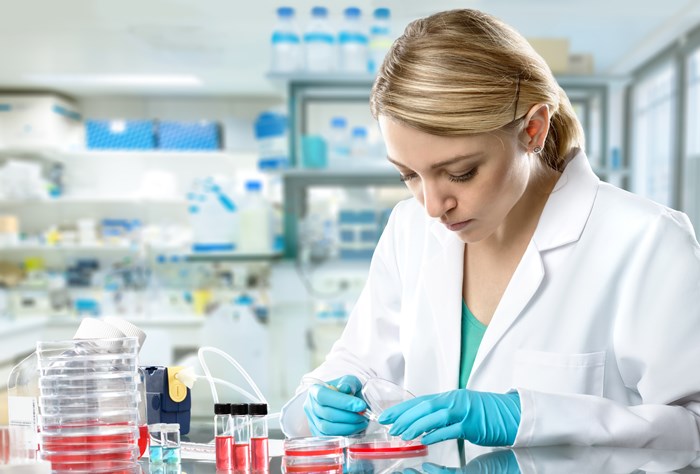
Researchers have discovered that mesenchymal stem cells (MSCs) have the capacity to transform into many other types of cells including bone cells, fat cells, and muscle cells. This ability makes MSCs very useful for regenerative medicine, a field where scientists develop treatments that repair or regenerate tissue in the human body.
The way that the mesenchymal stem cells are grown determines which type of cell they will turn into. Researchers have been attempting to gain greater control over the process of differentiation, so they can easily manipulate cells into the type they require for a treatment or research project.
MSCs use a variety of chemical signals and environmental factors to determine which kind of cell they change into. The main challenge that scientists face is creating an artificial environment that triggers the cells to differentiate in a specific way. The other challenge faced by scientists is determining which cell types have developed through MSC differentiation. Because the cells are so tiny, it is difficult to obtain an accurate estimate.
Previously, the cells would be grown with fibronectin on a glass slide. It is a glycoprotein that helps the mesenchymal stem cells to differentiate successfully. Unfortunately, it can be difficult to manage this material and ensure the MSCs survive.
A new study has shown that a simple agarose gel confinement system can deliver better results and is easier to use. mesenchymal stem cells can also be placed into the gel and survive for up to 15 days. Lead author, Dr. Nobuyuki Tanaka, says of the finding: “It was wonderful to be able to do this, because agarose gel is a commonly used material in biology laboratories and can be easily formed into a micro-cast in a PDMS silicone mold.”
Using this substance makes it easy to develop micro-structures that stem cells can hold onto. Differentiation can then be controlled under the captured condition, which means researchers can more easily specify what the stem cells change into. This finding will make it much easier for scientists to continue their stem cell research.
Source: New Technique Helps Determine How Stem Cells Differentiate
{{cta(‘010124f3-c9bc-4a23-b9fc-74953e6288c9’)}}


